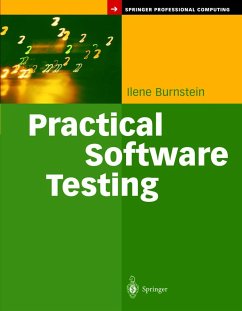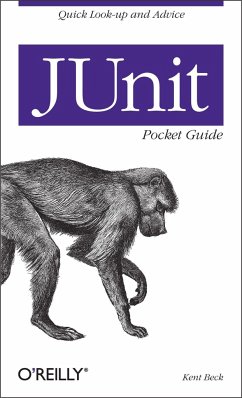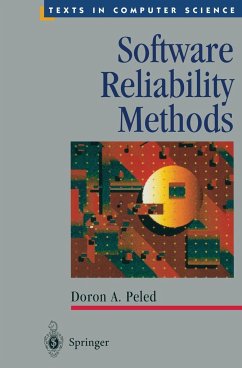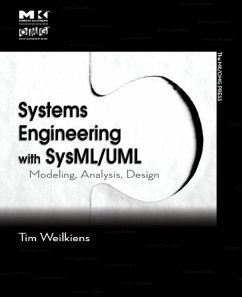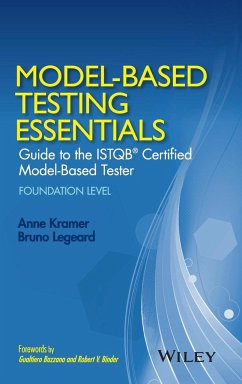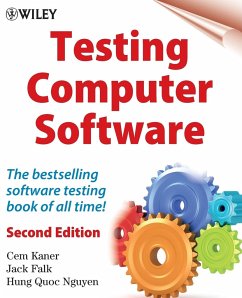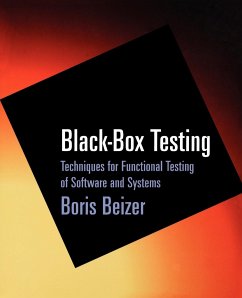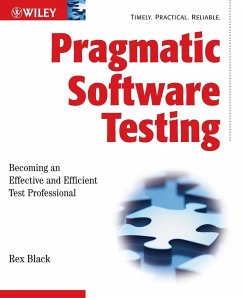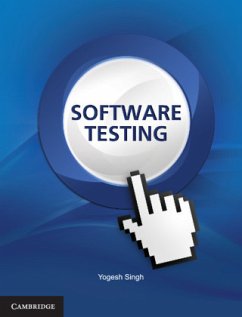
Practical Model-Based Testing
A Tools Approach

PAYBACK Punkte
29 °P sammeln!
Practical Model-Based Testing gives a practical introduction to model-based testing, showing how to write models for testing purposes and how to use model-based testing tools to generate test suites. It is aimed at testers and software developers who wish to use model-based testing, rather than at tool-developers or academics.The book focuses on the mainstream practice of functional black-box testing and covers different styles of models, especially transition-based models (UML state machines) and pre/post models (UML/OCL specifications and B notation). The steps of applying model-based testin...
Practical Model-Based Testing gives a practical introduction to model-based testing, showing how to write models for testing purposes and how to use model-based testing tools to generate test suites. It is aimed at testers and software developers who wish to use model-based testing, rather than at tool-developers or academics.
The book focuses on the mainstream practice of functional black-box testing and covers different styles of models, especially transition-based models (UML state machines) and pre/post models (UML/OCL specifications and B notation). The steps of applying model-based testing are demonstrated on examples and case studies from a variety of software domains, including embedded software and information systems.
From this book you will learn:
The basic principles and terminology of model-based testing How model-based testing differs from other testing processes How model-based testing fits into typical software lifecycles such as agile methods and the Unified Process The benefits and limitations of model-based testing, its cost effectiveness and how it can reduce time-to-market A step-by-step process for applying model-based testing How to write good models for model-based testing How to use a variety of test selection criteria to control the tests that are generated from your models How model-based testing can connect to existing automated test execution platforms such as Mercury Test Director, Java JUnit, and proprietary test execution environments
The book focuses on the mainstream practice of functional black-box testing and covers different styles of models, especially transition-based models (UML state machines) and pre/post models (UML/OCL specifications and B notation). The steps of applying model-based testing are demonstrated on examples and case studies from a variety of software domains, including embedded software and information systems.
From this book you will learn:
The basic principles and terminology of model-based testing How model-based testing differs from other testing processes How model-based testing fits into typical software lifecycles such as agile methods and the Unified Process The benefits and limitations of model-based testing, its cost effectiveness and how it can reduce time-to-market A step-by-step process for applying model-based testing How to write good models for model-based testing How to use a variety of test selection criteria to control the tests that are generated from your models How model-based testing can connect to existing automated test execution platforms such as Mercury Test Director, Java JUnit, and proprietary test execution environments




